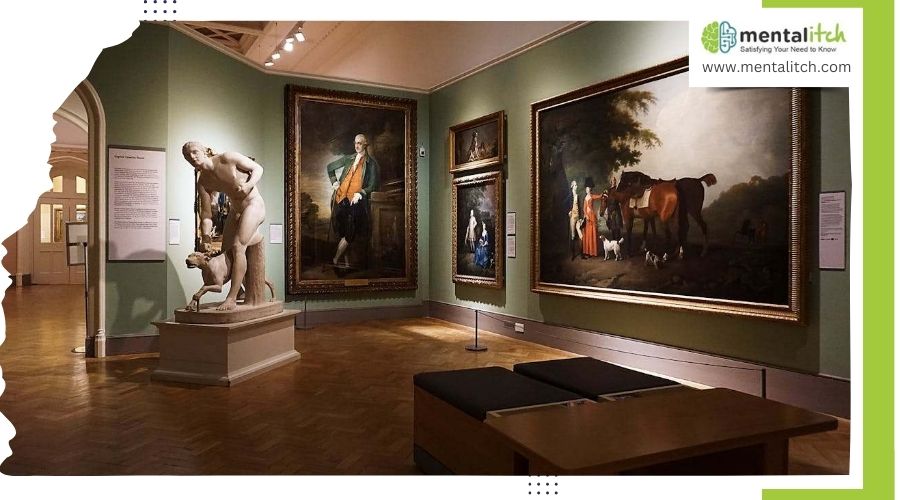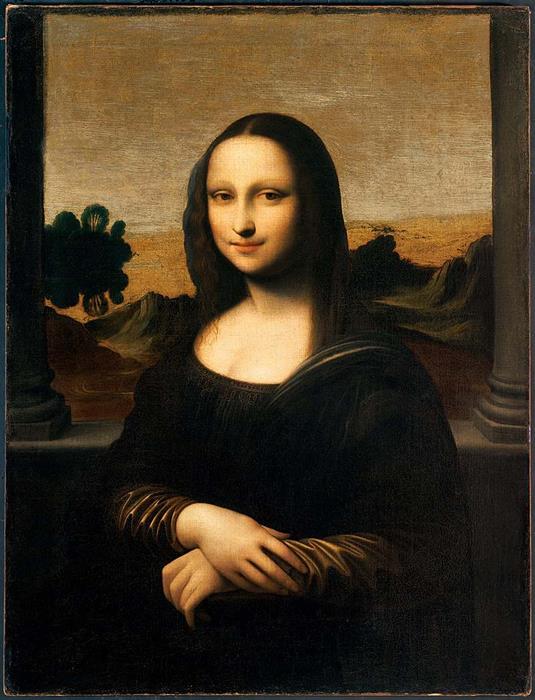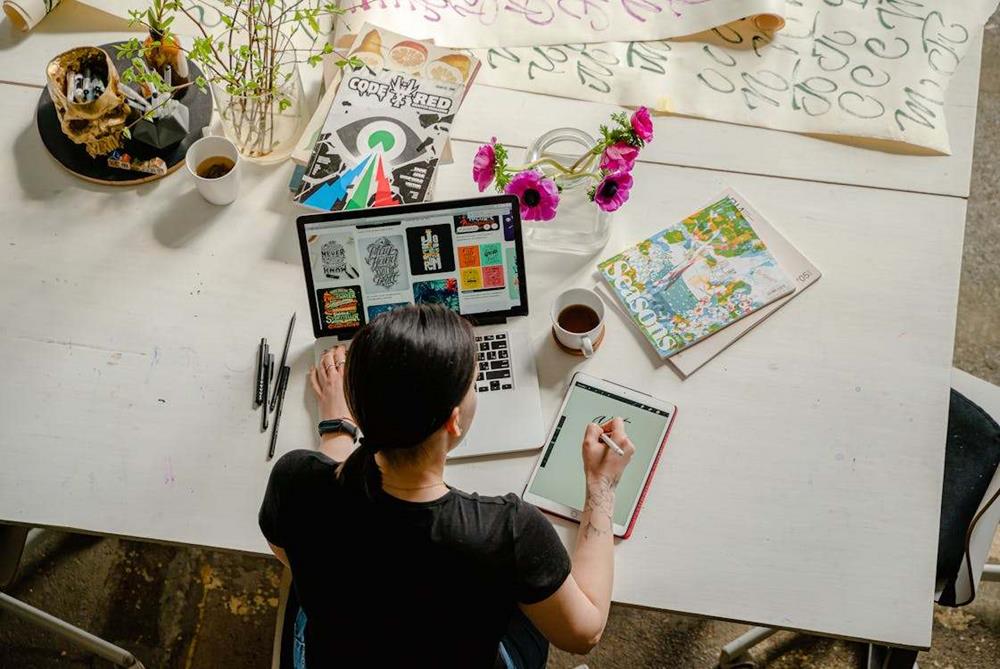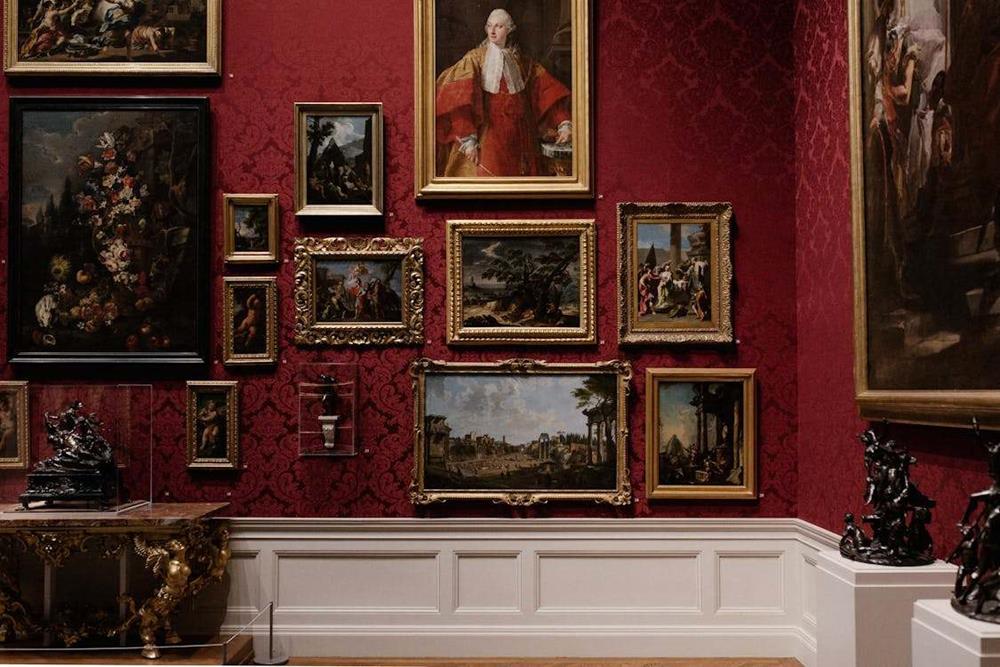Technology has revolutionized the way art is researched and discovered. In the past, researchers had to painstakingly examine every detail of artwork to learn more about it and its creator. However, with the help of technology, we can now uncover information about artists and their works with just a few clicks. Let’s take a look at some of the ways technology has helped us better understand art!
Technology Has Revolutionized the Art World And Made It Easier To Find Information About Certain Pieces
Technology has revolutionized the art world, making it easier for researchers and collectors to find information about pieces and artists. One of the most notable examples is the “Isleworth Mona Lisa,” a painting finally attributed to Leonardo da Vinci in 2013 thanks in part to high-resolution 3D scanning.
The painting’s attribution had been questioned for over 100 years, and it was only through technology that it was finally found to be by the Master. The Isleworth Mona Lisa is now one of the most famous paintings in the world, and it is all thanks to the power of technology. In addition to making it easier to find lost or hidden works of art, technology has also made it easier to track provenance, study brushwork, and authenticate works of art. As a result, the art world has become more open and accessible.
Museums Have Used Technology to Create Digital Archives Of Their Collections
In addition to making it easier for researchers to find information about artworks, technology has also made it possible for museums to create digital archives of their collections. These archives can be accessed by anyone with an internet connection, making it easier for people to view and study works of art from all over the world. One of the most famous examples is the Google Art Project, which allows users to explore the collections of over 200 museums from around the globe. In addition to providing access to millions of works of art, the Google Art Project also offers high-resolution images and virtual tours of some of the world’s most famous museums.
Online Databases Allow Collectors to Buy And Sell Artworks From Anywhere In The World
Another way that technology has changed the art world is by making it easier for collectors to buy and sell artworks from anywhere in the world. Online databases like Artnet and Invaluable allow collectors to search for paintings based on their location, price, and other criteria. This makes it possible for collectors to find and purchase works of art without ever leaving their homes. In addition, online auction sites like Christie’s and Sotheby’s have made it possible for anyone to participate in the global art market.
Social Media Platforms Have Become Popular Ways for Artists To Share Their Work With A Global Audience
Finally, social media platforms like Instagram and Pinterest have become popular ways for artists to share their work with a global audience. These platforms allow artists to connect with fans and followers from all over the world, and they also provide a way for people to discover new artists and artworks. With the help of social media, art has become more accessible than ever before.
Art Historians Can Use Technology to Create Virtual Exhibits That Can Be Shared With The Public
Art historians are also using technology to create virtual exhibits that can be shared with the public. These exhibits are often created using high-resolution images and 360-degree views, allowing viewers to experience them as if they were standing in front of the actual artwork. In addition, virtual exhibits can be viewed by anyone with an internet connection, which makes them a great way to reach a global audience.
Interesting Facts About Art Research and Discovery
Art research and discovery encompass a fascinating field where history, science, and creativity intersect, revealing insights that continue to astonish and enlighten the world. From uncovering long-lost masterpieces to utilizing cutting-edge technology to analyze ancient artifacts, this domain is rife with intriguing developments. Here are some compelling facts and statistics that highlight the impact and significance of art research and discovery.
- Rediscovered Masterpieces: Every year, art historians and researchers uncover works previously lost to time. For instance, a painting attributed to Caravaggio was found in an attic in France in 2014, potentially worth millions.
- Technological Advances in Art Analysis: Modern technology, such as X-ray fluorescence (XRF) and infrared reflectography, has revolutionized the way we study art, revealing hidden layers and alterations in centuries-old paintings.
- Art Recovery: The FBI maintains a National Stolen Art File. In recent years, this database has helped recover over 15,000 pieces of stolen art valued at over $165 million.
- Digital Restoration Projects: High-resolution digital imaging and 3D printing have enabled researchers to virtually restore damaged or incomplete artworks, offering a glimpse into their original appearance.
- Cultural Heritage Preservation: UNESCO’s World Heritage Sites include numerous art and cultural locations. Ongoing research in these sites helps in their preservation, with over 1,100 sites listed, emphasizing the global effort to protect and study our artistic heritage.
- Ancient Art Discoveries: Archaeologists continue to make groundbreaking discoveries, such as cave paintings in Indonesia, which are dated as the oldest known figurative art in the world, at least 43,900 years old.
- Art Market Insights: Research into the art market has shown explosive growth, with global sales reaching over $50 billion annually. This economic analysis helps understand trends, investment, and the value of art in society.
- Art in Space: Art research extends beyond Earth; for instance, the “Moon Museum” is a tiny ceramic wafer containing artworks by six artists, including Andy Warhol, clandestinely attached to the Apollo 12 lunar module.
- Public Engagement with Art: Studies indicate that engaging with art can significantly improve mental health and cognitive abilities. Museums worldwide are expanding outreach and educational programs, underpinned by research on art’s impact on well-being.
- Discoveries through Art Conservation: Conservation efforts often lead to discoveries about an artwork’s past, techniques, and materials used, offering invaluable insights into historical art practices and artist intentions.
Final Thoughts
Technology has changed the art world, making it easier for researchers and collectors to find information about pieces and artists. Museums have used technology to create digital archives of their collections, which anyone with an internet connection can access. Online databases allow collectors to buy and sell artworks from anywhere. Social media platforms have become popular ways for artists to share their work with a global audience. Art historians are also using technology to create virtual exhibits that can be shared with the public. Thanks to technology, the art world is more open and accessible than ever before.
Additional Suggestions
- The “Isleworth Mona Lisa” is considered as one of the most valuable pieces of art in history.
- Social media platforms allow many people to catch a glimpse of classic and new art pieces without the need to go to an exhibit or museum.




